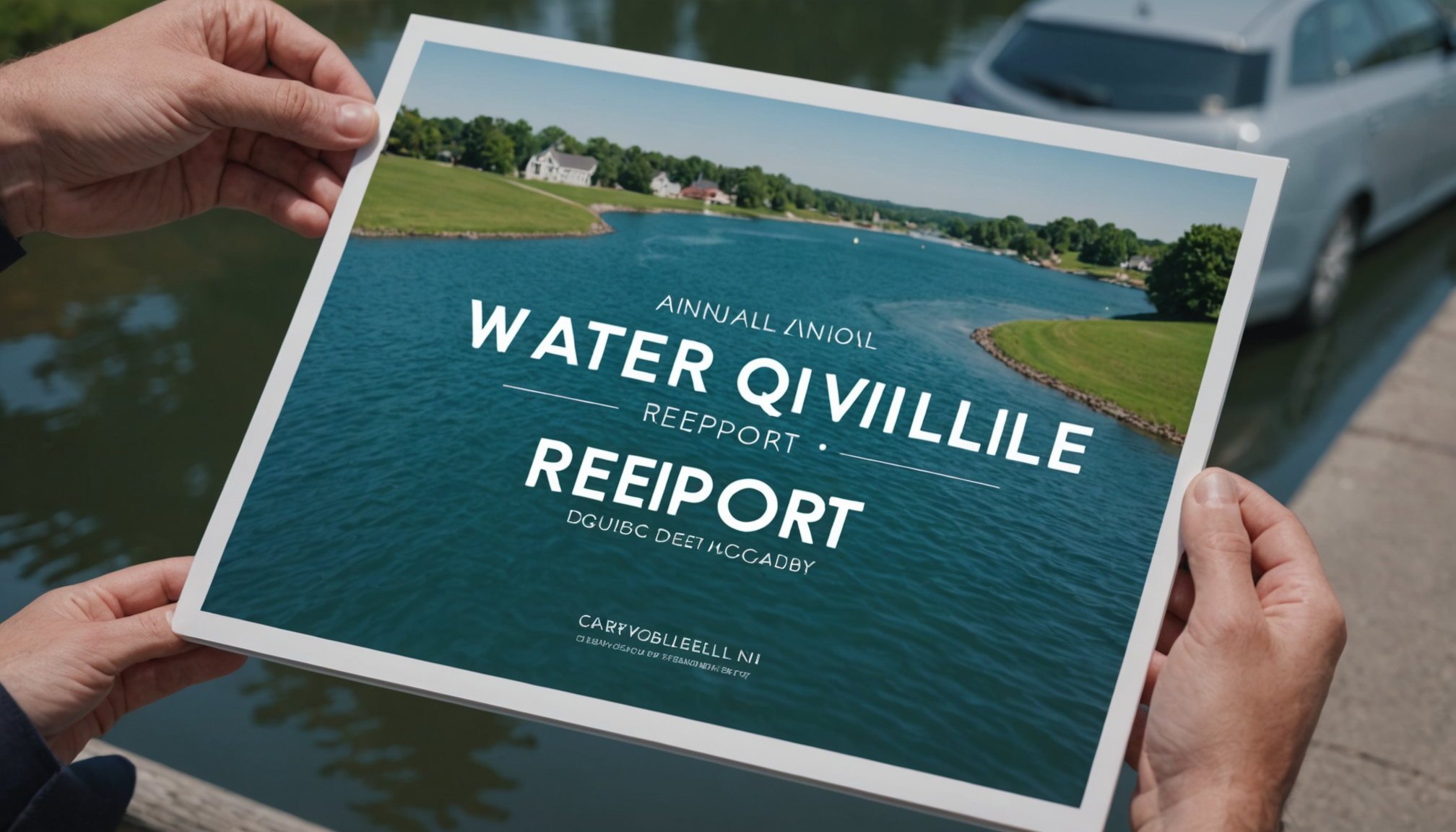
Clarksville Gas & Water Releases 2024 Drinking Water Quality Report
Overview of Water Quality and Safety
Clarksville Gas & Water published its 2024 drinking water quality report in May, confirming that the city’s drinking water is safe, clean, and reliable. The report, also known as the “Consumer Confidence Report,” summarizes extensive water quality testing conducted from January 1 to December 31, 2024. Results demonstrate that Clarksville’s water meets or exceeds all state and federal safety standards established by the U.S. Environmental Protection Agency (EPA).
Distribution and Accessibility of the Report
- The report was mailed directly to customers as an insert in the new customer magazine, The Service Line, Summer 2025, on May 15.
- Electronic billing customers received a direct link to the report via their monthly emailed bill.
- Non-billing customers, large businesses, and industries in the service area received hand-delivered copies.
- The report is also accessible online at www.Clarksvilletn.gov/2024WaterQualityReport.
- Printed copies can be requested by calling the Gas & Water office at 931-645-7400 or picked up at designated locations:
- Gas & Water Administration and Engineering Office, 2215 Madison St.
- South Service Center, 2215 Madison St.
- North Clarksville City Services Center, 111 Cunningham Lane.
- City Hall, 1 Public Square, First Floor.
- Clarksville-Montgomery County Public Library, 350 Pageant Lane.
Commitment to Sustainable Development Goals (SDGs)
The Clarksville Gas & Water’s efforts align closely with the United Nations Sustainable Development Goal 6 (Clean Water and Sanitation), which aims to ensure availability and sustainable management of water and sanitation for all. By maintaining high water quality standards and promoting public awareness, the utility supports:
- SDG 6.1: Achieving universal and equitable access to safe and affordable drinking water.
- SDG 6.3: Improving water quality by reducing pollution and minimizing hazardous chemicals.
- SDG 12: Responsible consumption and production, encouraging proper disposal of medications to protect water sources.
Community Engagement and Environmental Protection
Mark Riggins, Gas & Water General Manager, emphasized the importance of safe drinking water as a vital utility and recognized the dedication of water operations professionals in delivering high-quality water consistently.
Citizens are encouraged to participate in protecting local waterways by properly disposing of unwanted or expired medications at Tennessee Department of Environment & Conservation (TDEC) pharmaceutical take-back bins. These facilities are available statewide at no cost, supporting SDG 3 (Good Health and Well-being) and SDG 15 (Life on Land) by preventing pharmaceutical contamination in water bodies.
For more information on medication disposal locations, residents can visit http://tdeconline.tn.gov/rxtakeback/.
Additional Resources and Contact Information
- For inquiries regarding the water quality report, contact the Clarksville Water Treatment Plant at 931-553-2440.
- Further water quality information is available on the EPA website at www.epa.gov/safewater.
- Safe Drinking Water Hotline: 1-800-426-4791.
1. Sustainable Development Goals (SDGs) Addressed
- SDG 6: Clean Water and Sanitation
- The article focuses on the quality and safety of drinking water in Clarksville, TN, directly relating to SDG 6, which aims to ensure availability and sustainable management of water and sanitation for all.
- SDG 3: Good Health and Well-being
- Safe drinking water contributes to better health outcomes by preventing waterborne diseases, linking the article to SDG 3.
- SDG 12: Responsible Consumption and Production
- The article mentions proper disposal of medications to protect local waterways, which aligns with sustainable consumption and waste management under SDG 12.
- SDG 11: Sustainable Cities and Communities
- Ensuring reliable and safe water supply supports sustainable urban living, connecting to SDG 11.
2. Specific Targets Under the Identified SDGs
- SDG 6: Clean Water and Sanitation
- Target 6.1: Achieve universal and equitable access to safe and affordable drinking water for all.
- Target 6.3: Improve water quality by reducing pollution and minimizing release of hazardous chemicals.
- SDG 3: Good Health and Well-being
- Target 3.9: Reduce illnesses and deaths from hazardous chemicals and air, water, and soil pollution and contamination.
- SDG 12: Responsible Consumption and Production
- Target 12.4: Achieve environmentally sound management of chemicals and all wastes throughout their life cycle.
- SDG 11: Sustainable Cities and Communities
- Target 11.6: Reduce the adverse per capita environmental impact of cities, including by paying special attention to air quality and municipal and other waste management.
3. Indicators Mentioned or Implied in the Article
- Water Quality Testing Results
- The article references numerous water quality tests conducted from January 1 to December 31, 2024, which meet or exceed EPA standards. These tests serve as indicators of water safety and quality.
- Compliance with EPA and State Standards
- Meeting or exceeding U.S. Environmental Protection Agency (EPA) and state standards is an implied indicator of safe drinking water.
- Availability and Accessibility of Water Quality Reports
- Distribution of Consumer Confidence Reports via mail, electronic billing, and public pickup points indicates transparency and public access to water quality information.
- Proper Disposal of Medications
- The mention of pharmaceutical take-back bins and their usage implies an indicator related to reducing chemical pollution in waterways.
4. Table of SDGs, Targets, and Indicators
| SDGs | Targets | Indicators |
|---|---|---|
| SDG 6: Clean Water and Sanitation |
|
|
| SDG 3: Good Health and Well-being |
|
|
| SDG 12: Responsible Consumption and Production |
|
|
| SDG 11: Sustainable Cities and Communities |
|
|
Source: clarksvillenow.com







